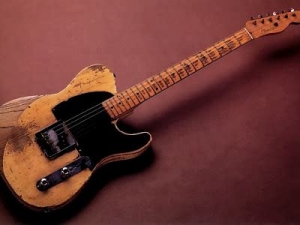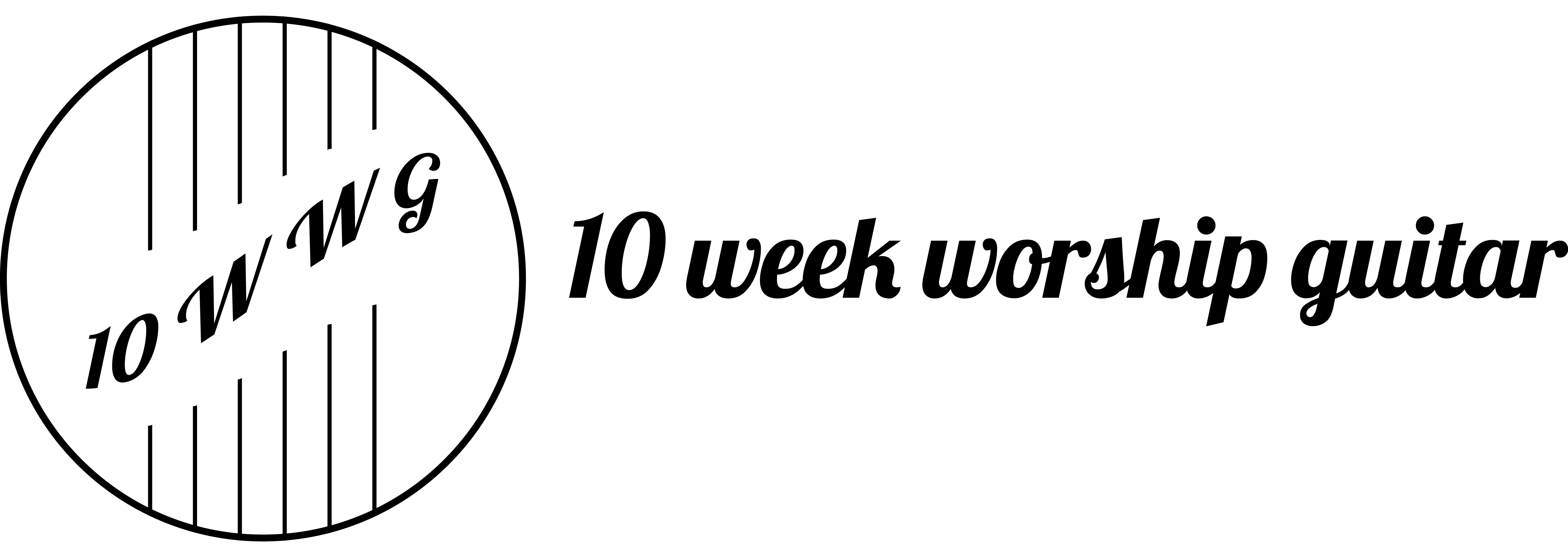Welcome to The Ten Week Worship Guitar blog. As well as my recent resurrection of my YouTube channel, on which I’ve now begun sharing a weekly worship guitar focused workshop called ‘Worship Workshop Wednesday’, I recently resumed blogging. I started with a 3-part series on why I teach worship guitar as opposed to just playing it.
Over the past few weeks here on the blog, I’ve been sharing something which I’ve not extensively shared anywhere before – some work from my Ph.D, which focuses on the development of the guitar over the last century, and it’s influence on the music produced on it. Feel free to go back through the last few posts to get a feel of what’s been shared so far. This week, I continue to dive into the development of the electric guitar, the evolution of new styles and beyond. If you’re interested in learning more about the guitar, look no further than this blog. If you know others who would be interested in this too, please share with them.
A new post will be shared here on the blog every Monday, so do ensure that you’re following the journey, and don’t forget to subscribe to my YouTube channel, where you’ll receive a free workshop every week which will teach you not only a new worship song to add to your repertoire, but also a skill, which will continue to carry you forward in your worship guitar journey.
The Electric Guitar: After 1945 and beyond
The period after 1945 saw:
- Further developments in electric guitar design.
- The evolution of new styles in Chicago and Memphis.
- The consolidation of the single-string melodic electric guitar style.
“Little did [Eddie] Durham and [Floyd] Smith realize what they were unleashing on the world, unable to imagine the earsplitting decibels and raunchy sonorities of modern rock guitars” (Schuller 1989: 358).
Electric guitars were designed after 1945 with a ‘cutaway’, which enabled the performer to access the upper octave of the guitar fretboard above the twelfth fret. The Gibson ES-350 model of 1947 had a rounded ‘Venetian’ cutaway.
Broadly speaking there are two types of electric guitar; hollow bodied, (also known as semi-acoustic), and solid bodied. The semi-acoustic guitar, because of resonance of the body, is prone to ‘feedback’ whereby part of the sound output from a loudspeaker is returned to the pick-up, causing the guitar’s body to vibrate and resulting in a high pitched screech. Feedback, once considered a problem, during the 1960s became an integral part of the guitarists’ vocabulary. For Mongan,
The guitar underwent a major technological revolution with the advent of the solid-body instrument. First experimented with back in the early 1940s by pioneers Les Paul and Leo Fender, the solid-body instrument was developed to overcome the problem of feedback… for the first time, the amplifier, used for 20 years only to boost the feeble volume of the guitar, became an integral part of the instrument. (1983: 193/194)
The solid body enhanced the possibility of further increasing the volume and sustain of the guitar. The first commercially manufactured solid-body electric guitar to succeed on a significant scale was the Fender Broadcaster of 1948. This model was renamed the Telecaster in 1950. This was followed by the Gibson Les Paul in 1952. Les Paul had worked on the idea of a solid bodied guitar as early as the 1930s, but Gibson at the time were, once again, unconvinced of its commercial appeal…

Fender Broadcaster
Join me here on the blog again next week as I begin to share on a brand new topic. I hope you’ve enjoyed the journey over the past few weeks and months exploring the design, development and innovation of the guitar.
By the way, if you’ve always wanted to play worship guitar but have never found the time, I’d love to introduce you to learning to play from scratch by going through my FREE 3-part miniseries which will give you not only the skills, but will also give you three new worship songs to add to your repertoire. Click HERE to access the free series and start (or continue!) your worship guitar journey today!
